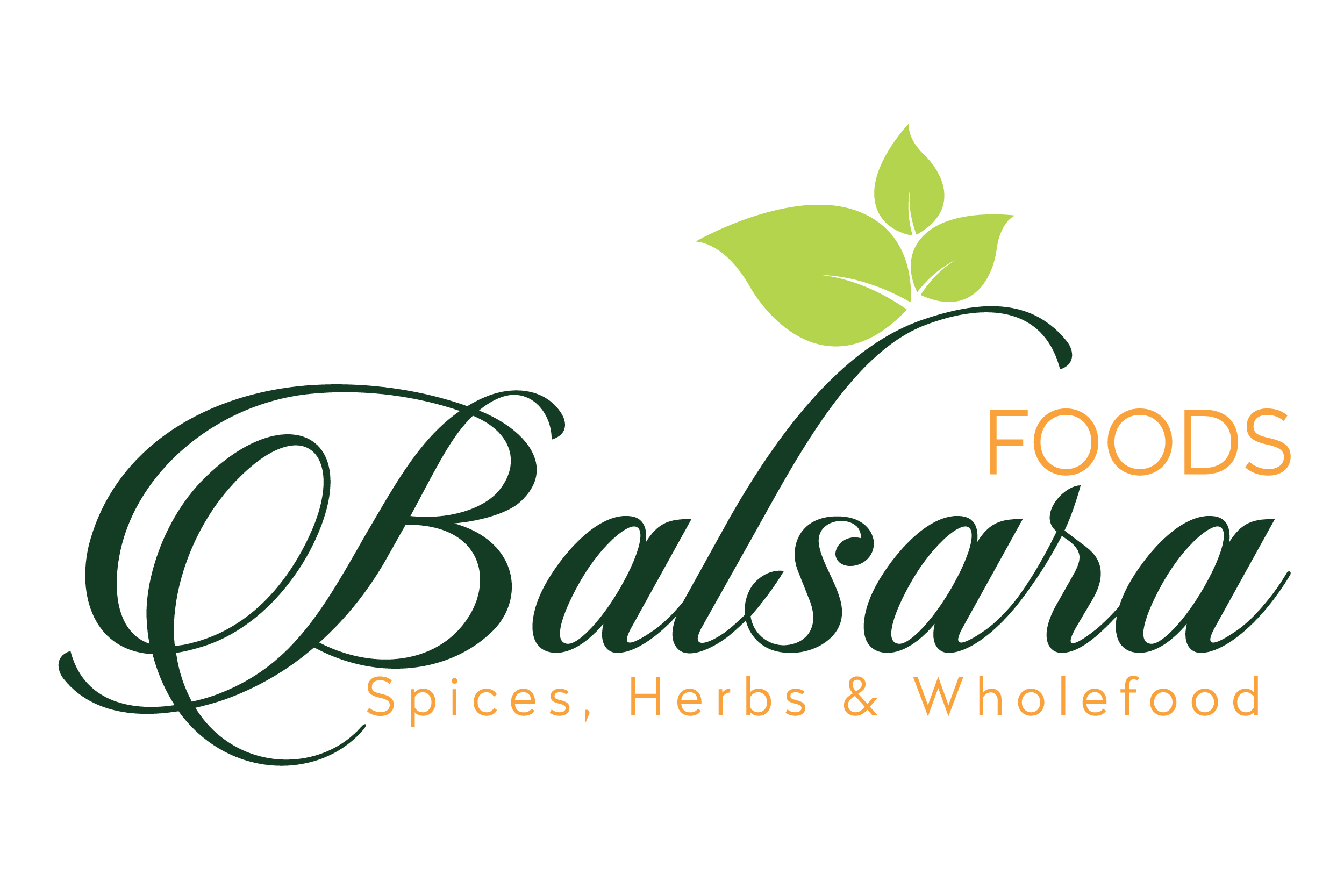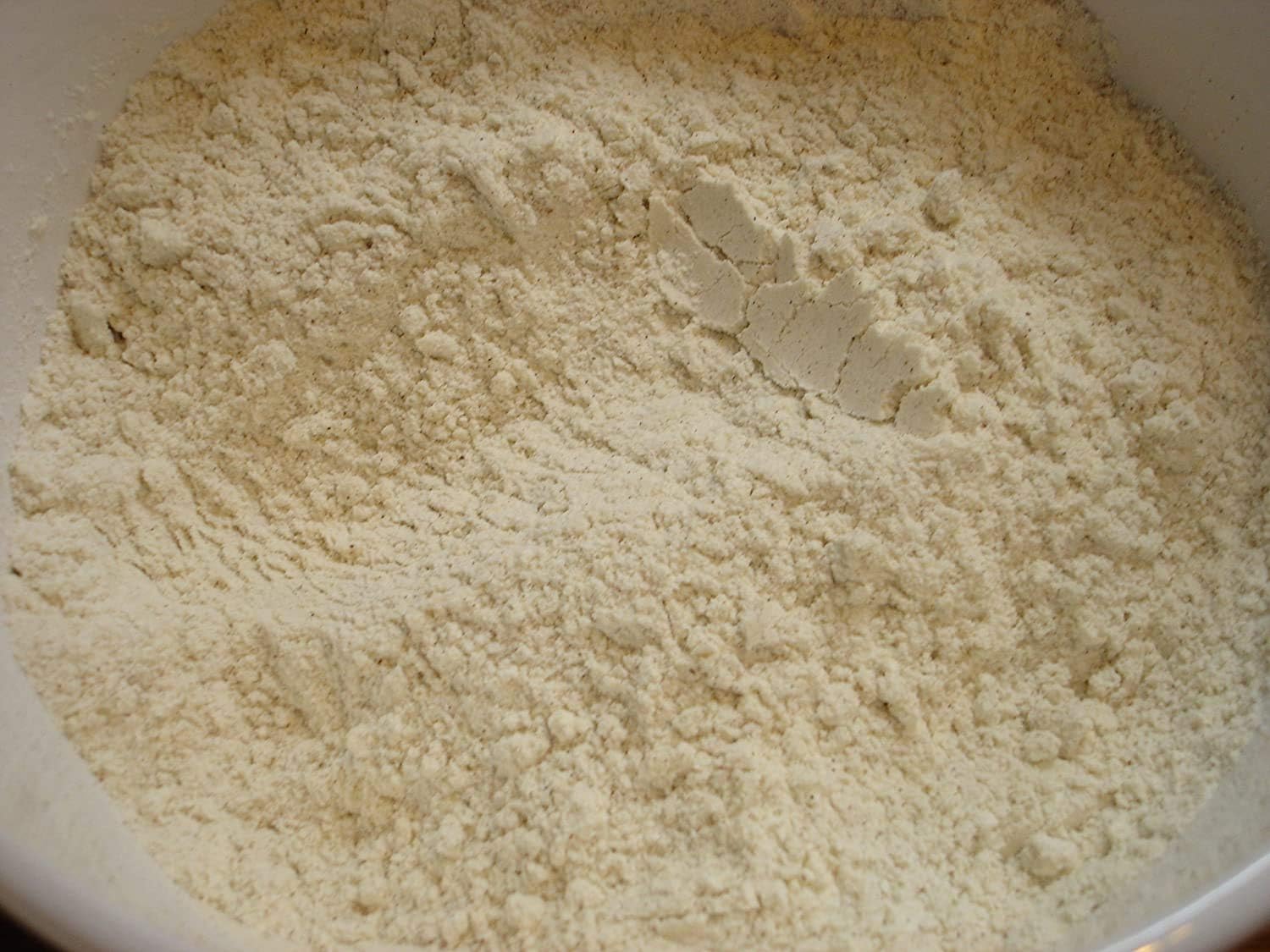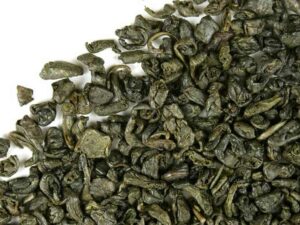Description
Edible Gum Arabic, also known as acacia gum, is a natural substance derived from the sap of the acacia tree. It is an essential ingredient in making icing, confectionery, and chewing gum. This mixture of sugars and glycoproteins is commonly used in edible flowers and decorations, as well as serving as the adhesive for licking envelopes and postage stamps.
As a natural binding agent, gum Arabic is ideal for baking recipes, including breads, cakes, and biscuits.





Reviews
There are no reviews yet.